On 13 March, the day after the Broadway theatres were all shuttered, playwrights Lily Houghton and Matt Minnicino and actress Ali Stoner created a new Instagram account, Theatre Without Theater, inviting theatre artists to perform excerpts of shows that had been canceled.
On 16 March, the day after all remaining New York City theatres were ordered closed, the well-known Broadway musician, writer, and radio host Seth Rudetsky and his husband, James Wesley, launched “Stars in the House” on the YouTube channel of the Actors Fund with guest Kelli O’Hara singing and answering questions from the hosts in her own home. The twice-daily livestream episodes (which remain available on YouTube) are a hybrid of variety show, talk show, Actors Fund fundraiser, and coronavirus public service announcement, with a doctor or two on call. At the beginning of April, they added a twice-weekly “Plays in the House,” livestreaming readings of popular plays; the first one was Wendy Wasserstein’s The Heidi Chronicles, performed by the original cast, albeit each in isolation.
On 17 March, the 24 Hour Plays—which, faithful to its name, has a twenty-five-year history of writing, rehearsing, and performing an original production from scratch in twenty-four hours—presented Viral Monologues on its Instagram account. The twenty monologues, each about four minutes long, were written by twenty noted playwrights and performed by twenty well-known actors; they were released one by one every fifteen minutes online, where they are still available. Exactly a week later, Viral Monologues Round 2 streamed another twenty-four original plays pairing a new set of playwrights and actors. And then, a week after that, Round 3. Whether or not the Viral Monologues continue, Methuen Drama reportedly plans to publish the scripts as a book.
There is a sense of informality, like even the most accomplished professional is a do-it-yourself amateur.
I put together a post, “Where To Get Your Theater Fix Online, Old Favorites and New Experiments,” initially on 19 March and found I had to update it almost immediately. The task of updating has turned from challenging to impossible, as has watching it all. New online theatre is announced every day, from the one-time resuscitated the Rosie O’Donnell Show to La Mama’s weekly Downtown Variety livestreaming on HowlRound TV, from R&H Goes Live to National Theatre at Home, which offers its National Live recordings of its stage performances online for free.
Among new online theatrical platforms are Play-Perview, co-founded by theatre producers Jeremy Wein and Mirirai Sithole, which promises “unique, one-time-only, live-streamed theatrical events and original series,” and TrickleUp, the brainchild of Taylor Mac, which is charging a subscription fee of $10 a month in hopes of raising money for artists in need. TrickleUp launched on 23 March with a group of downtown artistic directors and artists, as well as a raft of promotional partners. It promises “videos of solo performances, conversation, and other behind-the-scenes goodies.” Its catalog so far features such fare as Mac reading scenes from Gary, Sarah Ruhl reading some of her poems, Mia Katigbak singing “La Vie en Rose,” Dominique Morisseau doing a monologue from Skeleton Crew, Suzan-Lori Parks singing “Colored All My Life,” and Lucas Hnath reading material cut from his play A Doll’s House, Part 2.



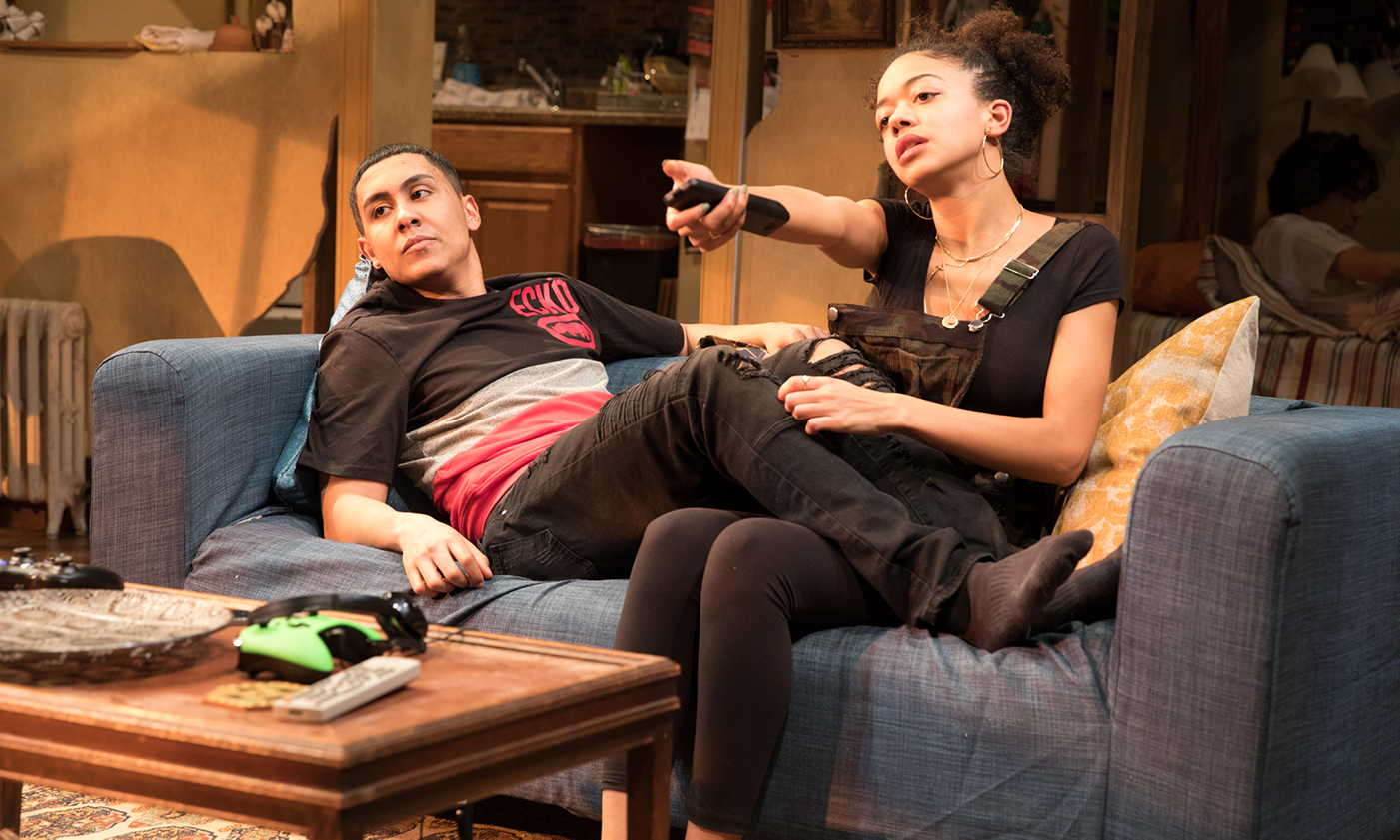
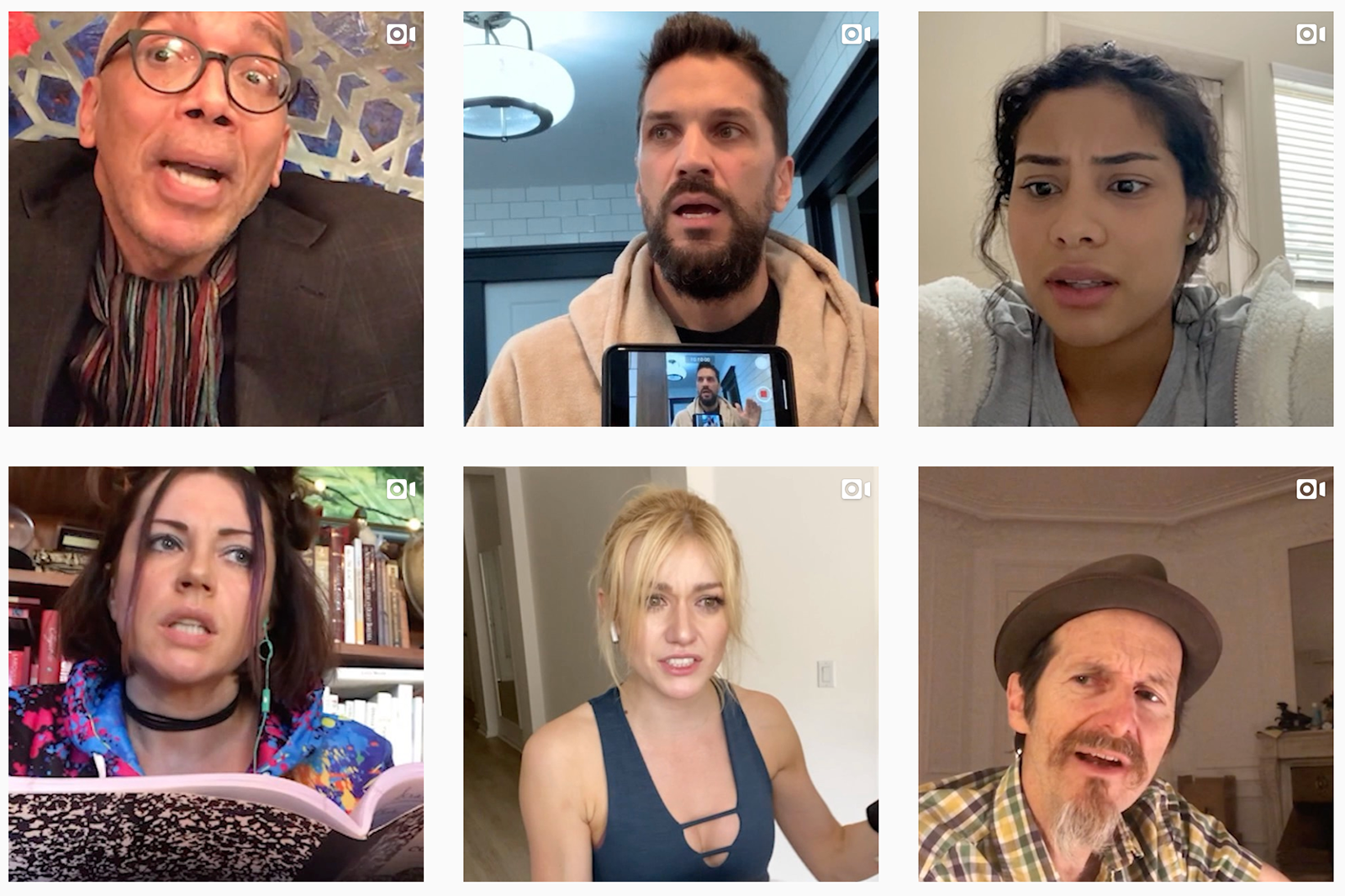
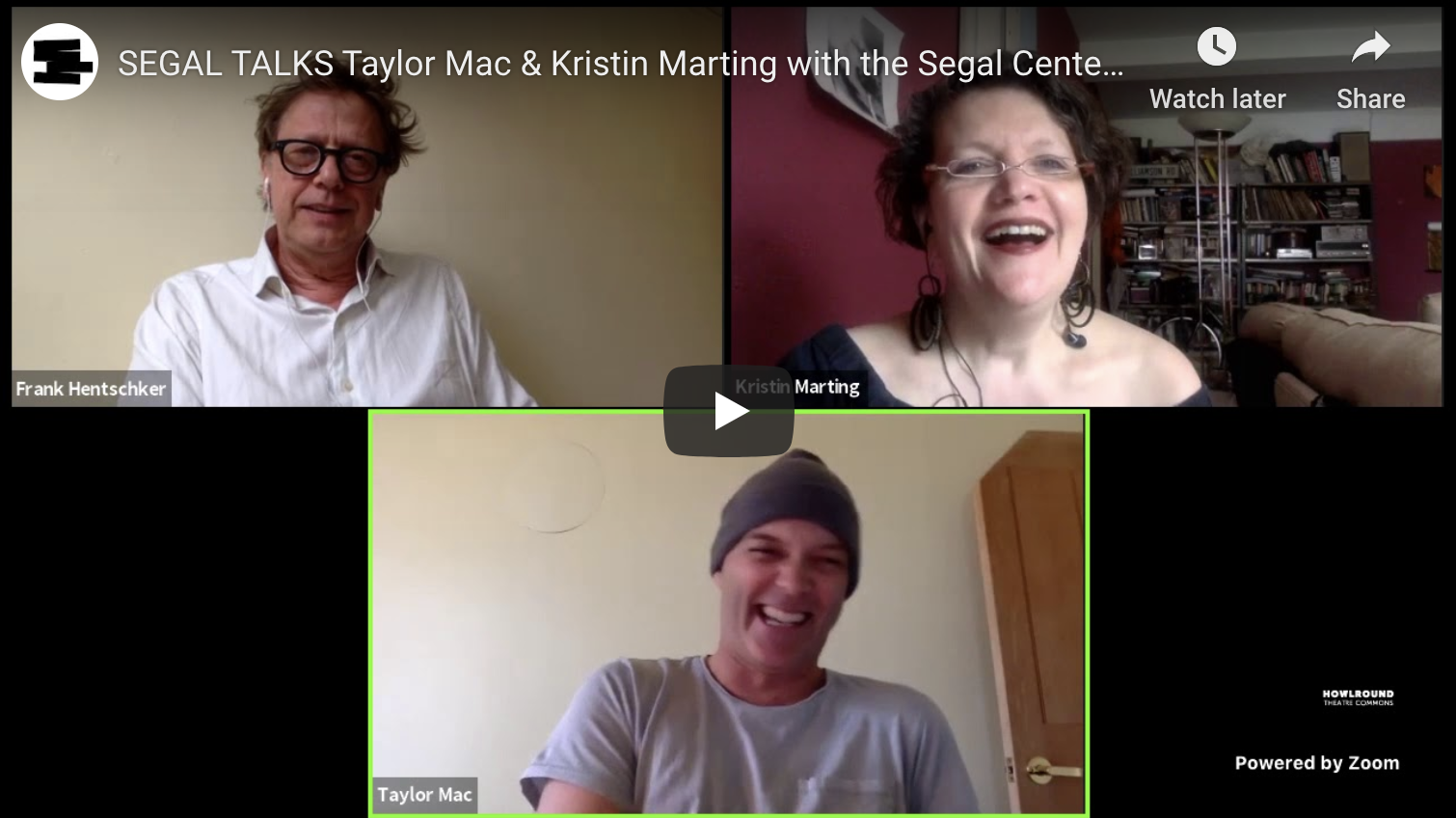
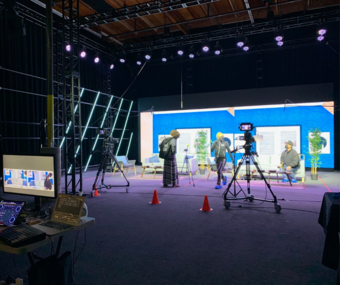



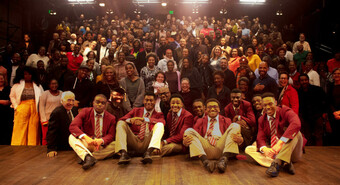

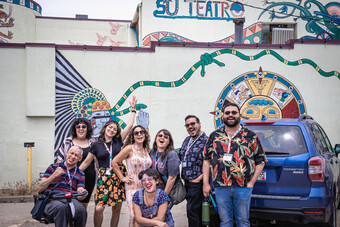

Comments
The article is just the start of the conversation—we want to know what you think about this subject, too! HowlRound is a space for knowledge-sharing, and we welcome spirited, thoughtful, and on-topic dialogue. Find our full comments policy here
I'd like to add a link to my review of the livestream of Terrence McNally's Lips Together Teeth Apart, starring Celia Keenan-Bolger, Jesse Ferguson, Ari Graynor and Zach Quinto as two straight couples spending the Fourth of July weekend in a Fire Island beach house at the height of the AIDS epidemic, which I think furthers my argument.
Also an update: 24 Hour Plays just announced their fourth weekly Viral Monologues. So the series IS continuing.